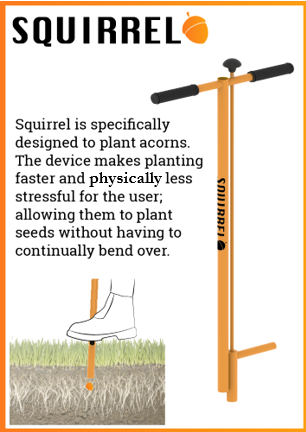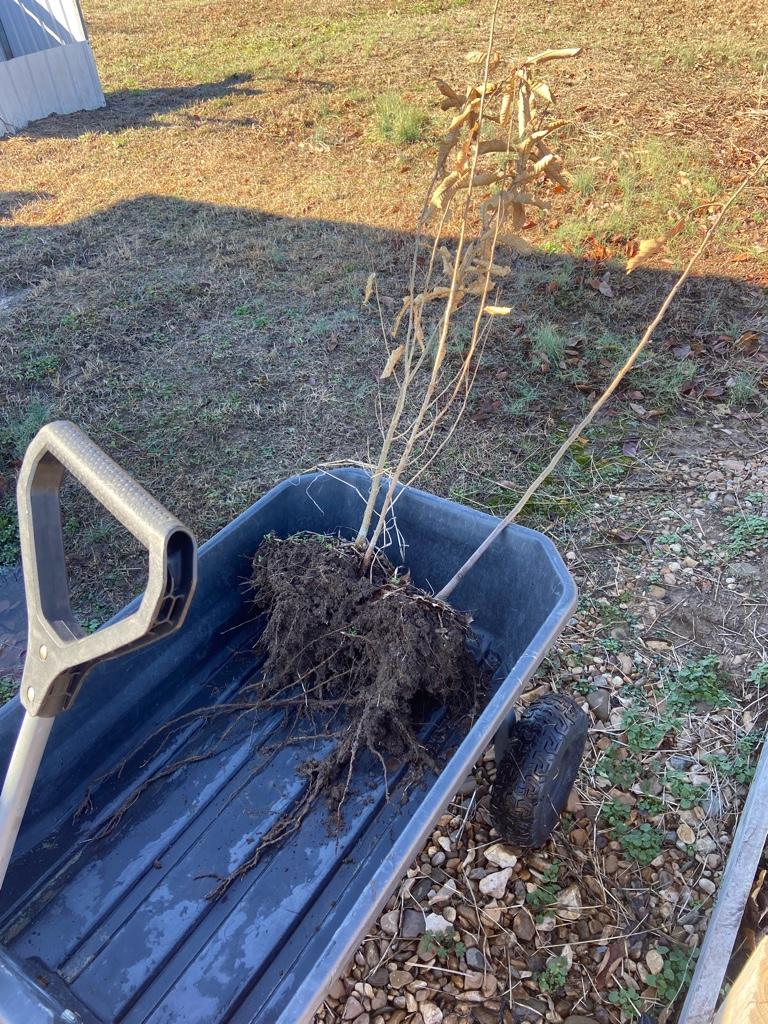This is an old post I came across using the search function.I would very rarely - if ever - plant a seed / acorn in a container above ground! On that other site (the one that went kafluey), I demonstrated how I developed the milk-carton method of seedling development where I planted acorns in milk jugs in the ground. Unless you have gobs of time to play with your above ground container trees, mother nature is much better at regulating temperature and moisture retention than most of us will ever be. I direct seed whenever possible , and with very little effort protect my seeds from rodents. I always plant 2 acorns in each spot (15" apart) and guess what, more often than not both germinate ... It's easy, just plant acorns that have shot a radical. The attached photo is a picture of a 15 mo old Regal Prince columnar white oak that I guarantee you has a well established root system that will ensure it's rapid growth. Here it is Aug 14 and it is still shooting new growth (picture taken today). Unless it gets extremely dry, I won't have to water it more than once/twice before it goes dormant (and I would water it to promote additional growth not to avoid death) I have no problem with folks who like to putter with above-ground container trees
it's just that I have too much other habitat work and other interests to devote the time and energy that is necessary.
The Regal Prince columnar white oak in this photo is 15 months old with - I guarantee you - a well developed root system. It was a container tree I grew from seed in April 2015 and transplanted September 2015. I expect it to really take off next year.
View attachment 10113
Regarding "just plant ones that have shot a radical", do you sprout them in a paper towel? Or just find the ones on the ground that have sprouted? I have collected over 200 SWO and Bur (and possibly hybrids) and only 3-4 SWO (and no Bur) have sprouted on the ground.



